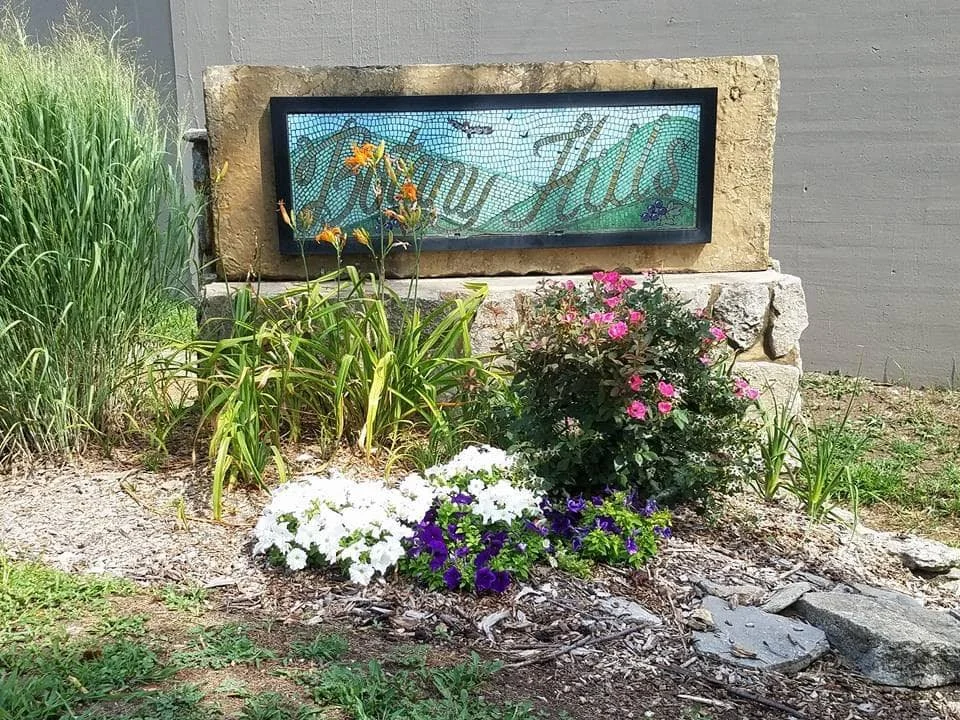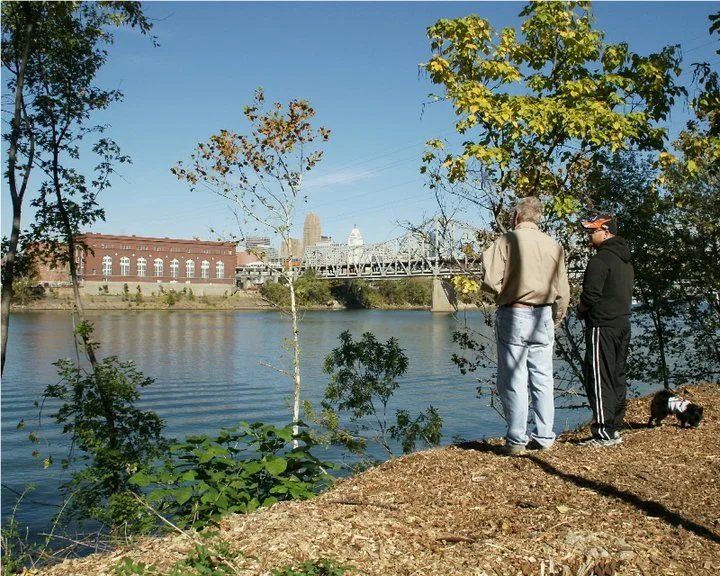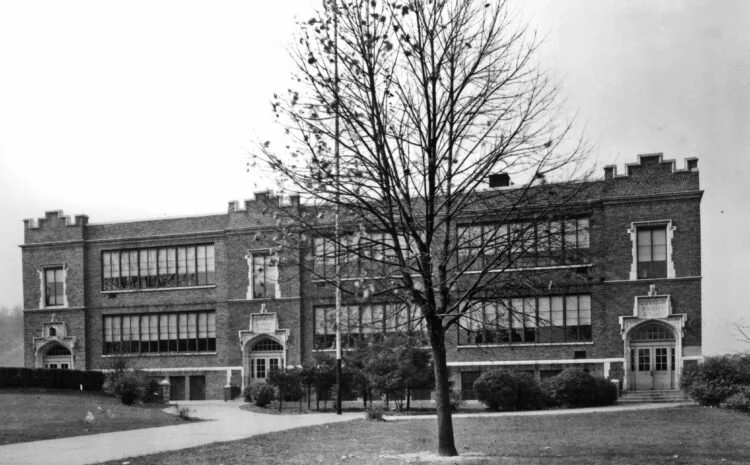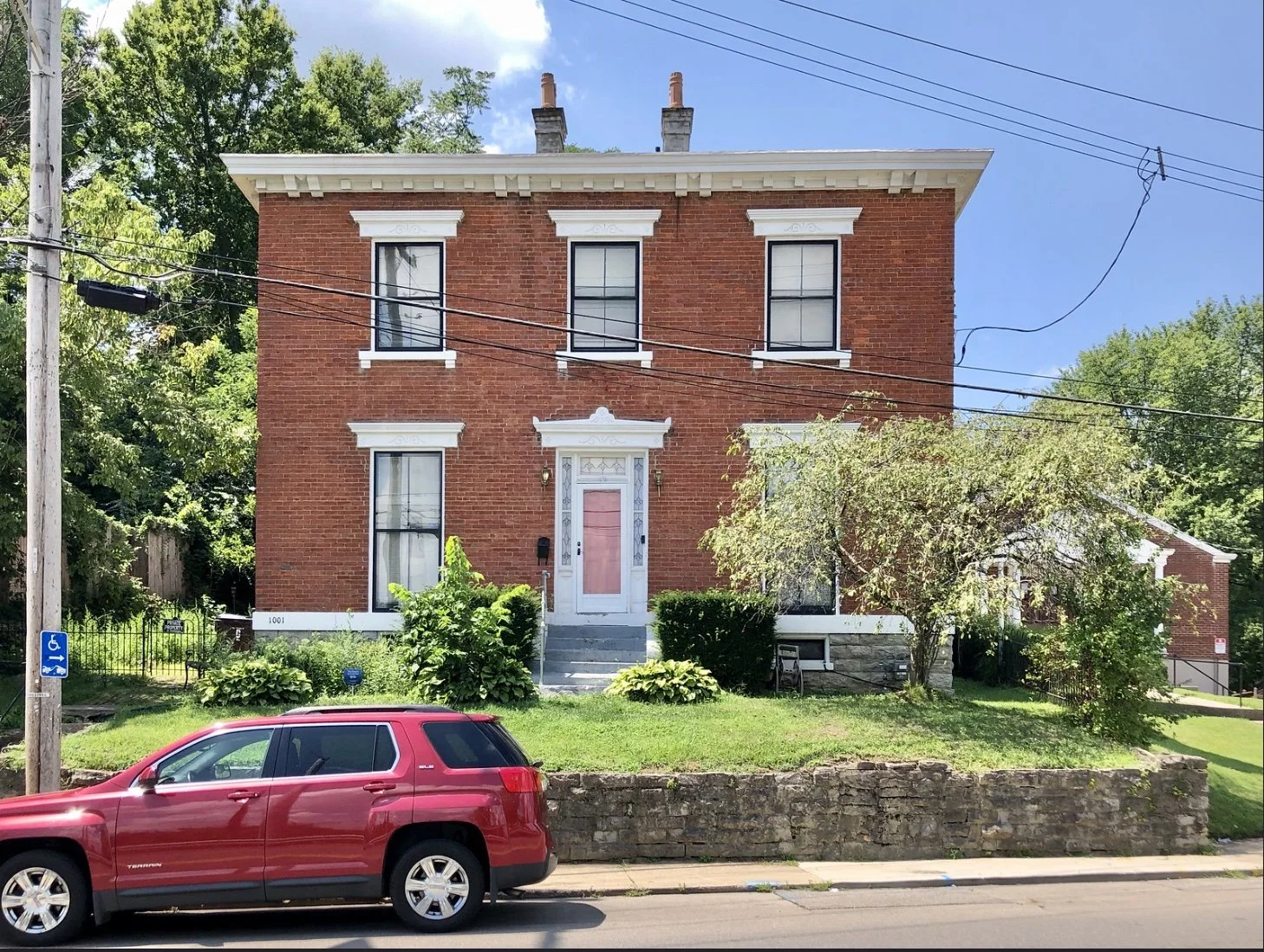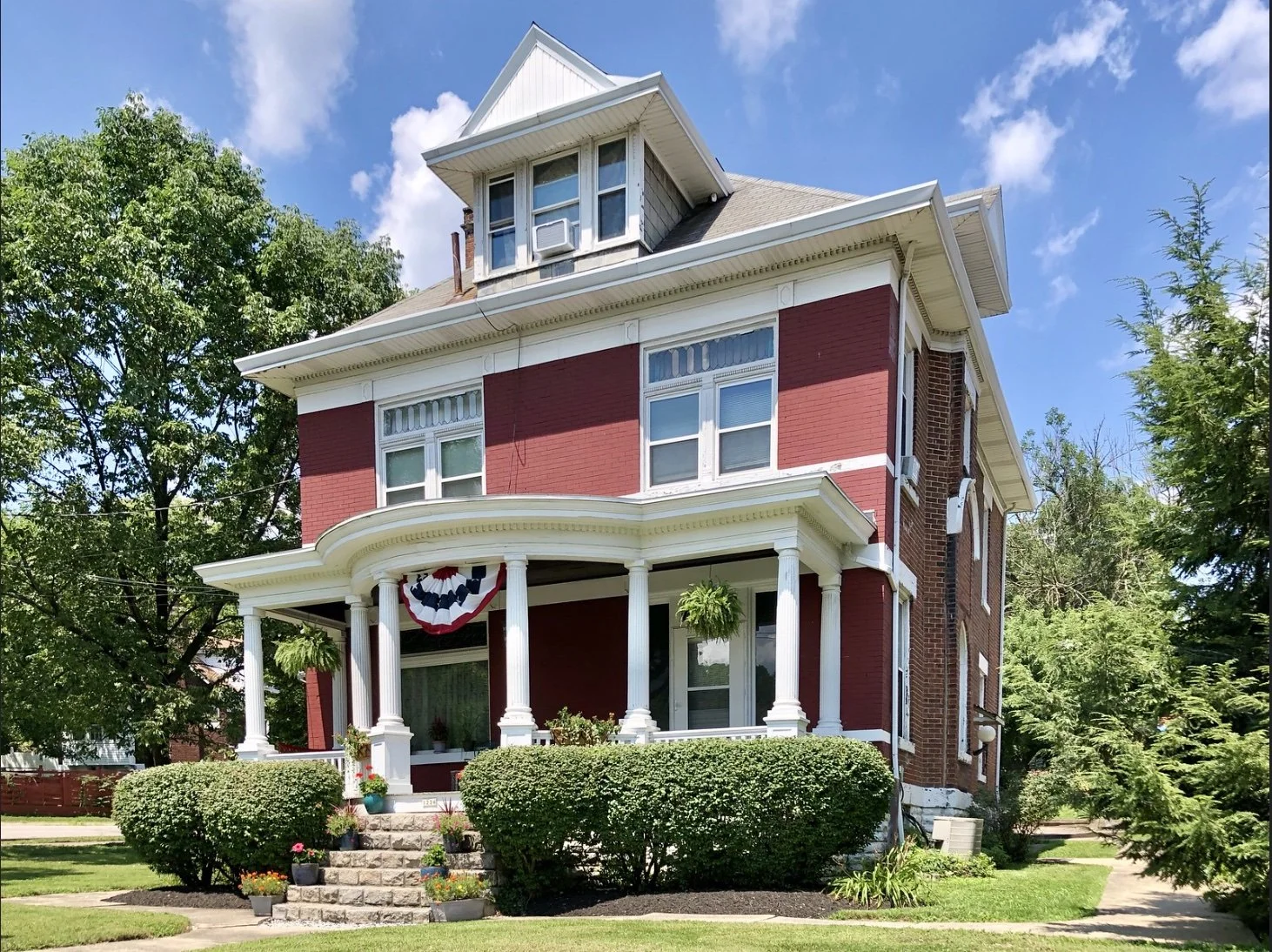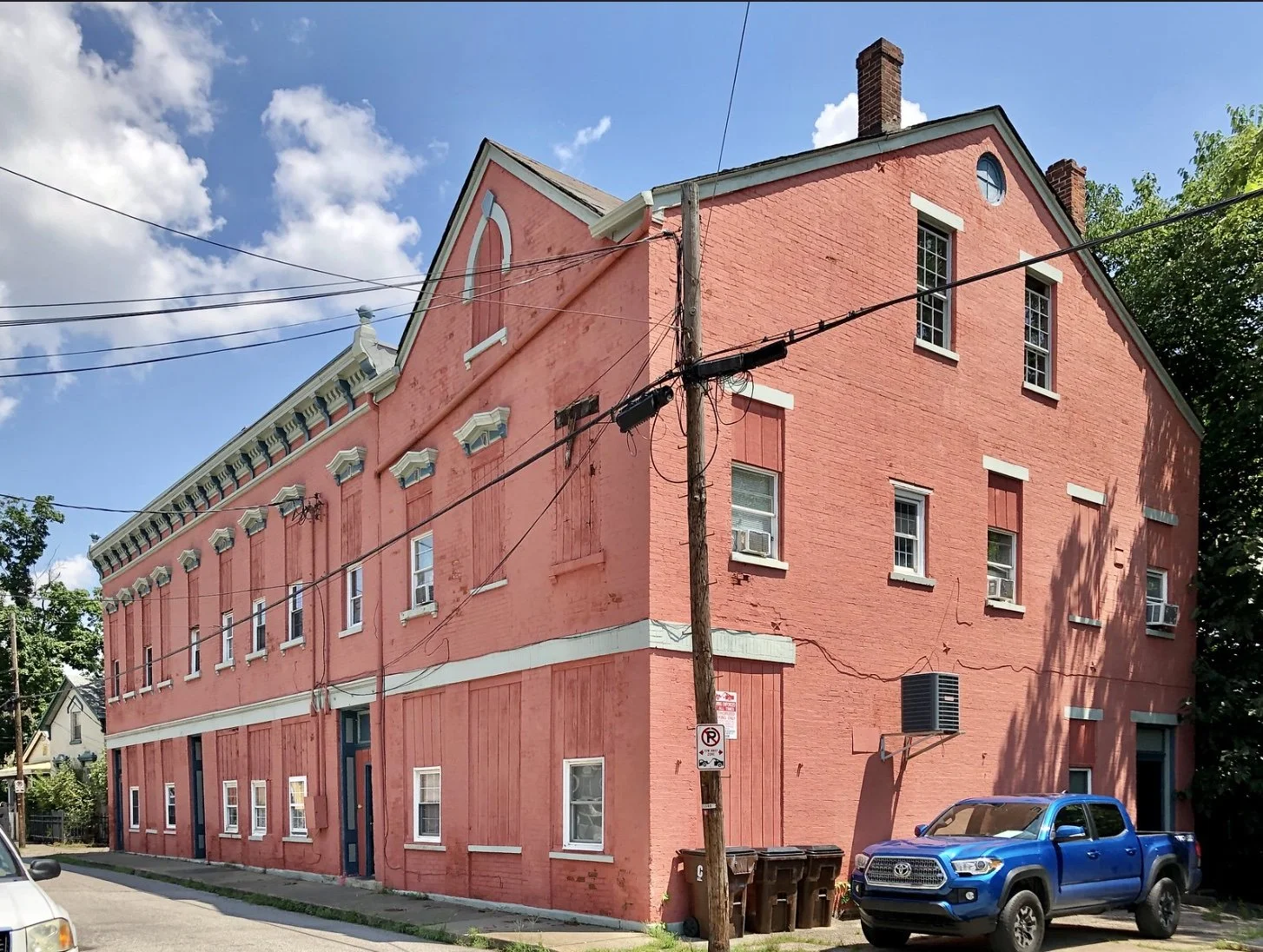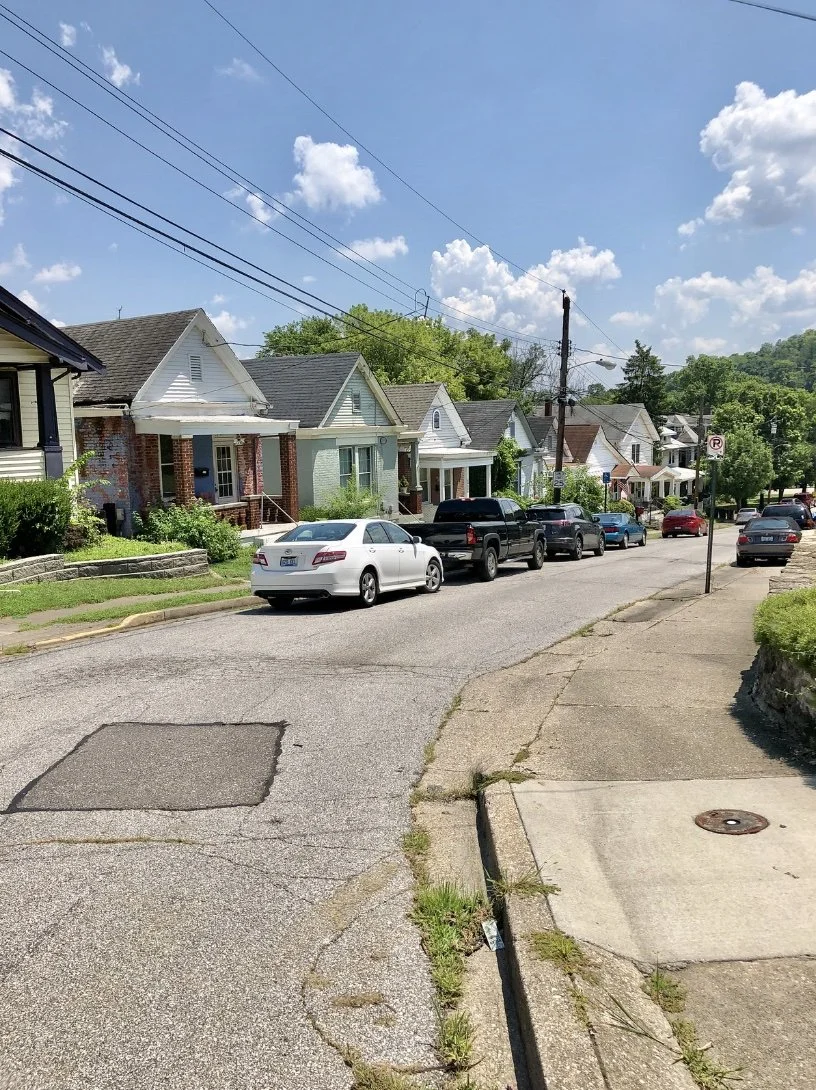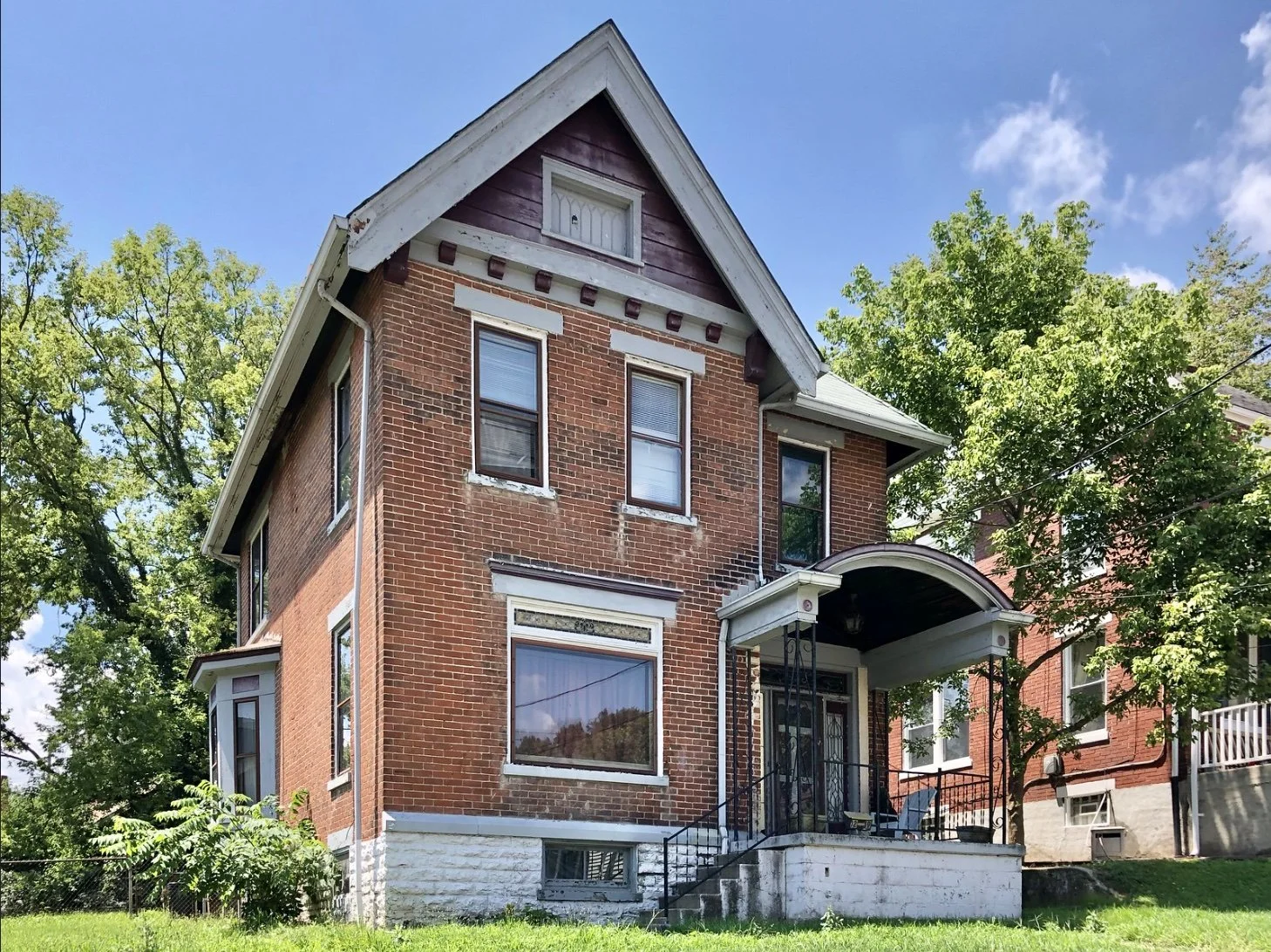Botany Hills, West Covington
Name of Association:
Botany Hills Neighborhood Association
Contact:
Website: www.botanyhills.org
Email: botanyhillsna@gmail.com
Representative: Lisa Murray
2026 Monthly Meetups, 6-7pm:
The second Monday of each month
*The December meetup will be at the “Happy Cov Holidays” celebration in City Hall.
Meeting Location:
Holiday Inn Express
200 Crescent Ave, at West 3rd Street
Covington, KY 41011
Social Media:
www.facebook.com/BotanyHills
Sign our safety petition
Located just west of I-71/I-75 and bordered by the Ohio River and Devou Park, Botany Hills is a hillside community that boasts some of the most spectacular views of the Ohio River and the Cincinnati skyline. It’s unique physical characteristics, along with close proximity to cultural and recreational activities, makes this quiet community accessible to all.
Botany Hills is within walking distance to many area attractions such as Paul Brown Stadium, Great American Ball Park, MainStrasse Village, Northern Kentucky Convention Center, and is only a short drive to the CVG international airport. Mass transit and shuttles run through the neighborhood, making convenient connections to Northern Kentucky’s favorite attractions for both work and play.
While Botany Hills has many longtime residents, in recent years the convenient location, sought after vista and affordable housing stock have become attractive to many young professionals as well as empty nesters. Older brick and frame houses have been transformed into quaint homes with front porches and small gardens. Highway Avenue is the main thoroughfare which leads to Ludlow and Bromley.
Inspired by its rich variety of plantings, Botany Hills was originally named by Edwin Forrest, the first native-born American actor, who purchased 45 hillside acres along the Ohio River in 1839. When Edwin Forrest left, people called the area Forrest Hill. The area was later named Economy, then West Covington before being annexed by Covington in 1916. Recently, the residents and neighborhood association have reinstated the name of Botany Hills to reflect its history, natural beauty, and unique identity.
The Futuro House has become one of Botany Hills’ favorite tourist attractions, located at 224 Wright Street, Covington KY 41011. Hovering above our historic river town, the massive flying saucer, or "spaceship house" as it's commonly referred to, has been part of the Kentucky landscape since the 1980s.
Cincinnati TV station WDRB produced this fun news feature on the Covington Futuro House. Watch the short video below.
WVXU's Bill Rinehart visits one Northern Kentucky neighborhood to find out… what's in a name?
www.wvxu.org/local-news/2021-06-30/oki-wanna-know-what-is-botany-hills
Here is the transcript, updated: 7-1-21
Laura Kinney of Edgewood wants to know why West Covington now has an unfamiliar name. "I lived there in childhood and I heard that they're calling it Botany Hills instead of West Covington. I had never heard of that name before."
West Covington and Botany Hills are just two of the names in the neighborhood's history.
"Believe it or not, Botany Hills is the fifth name in that particular area," says Laurie Risch, executive director of the Behringer Crawford Museum, which is close to the neighborhood in question.
"Botany Hills is that area west of I-75. (It) borders north with the Ohio River, south with Devou Park, and east with the city of Ludlow," she says.
In the late 1830s, the land was owned by Israel Ludlow, one of the founders of Losantiville, better known today as Cincinnati. His Kentucky holdings soon became known as Forrest Hill, named for Edwin Forrest.
Forrest was an actor from Philadelphia, who made his name playing Shakespeare in the U.S. and in England. (Forrest is also tied to the Astor Place Riot of 1849, where 22 people were killed in New York. But that's a different story.)
Forrest fell in love with Northern Kentucky early in his career and made several trips. On one of those visits he played cards with Israel Ludlow and won, according to Karl Lietzenmayer, vice president of the Kenton County Historical Society.
"Ludlow didn't want to quit playing. Forrest said 'That's enough.' (Ludlow said) 'Okay, sit down once more and I'll wager my land.' So 48 acres was put on the table and Forrest won that too," Lietzenmayer says.
Forrest built a house at 309 Wright Street. It still stands today, according to Lietzenmayer.
"This area on the plat maps is known as the Forrest Subdivision. There's also a Forest Street, but they dropped an 'r.' It doesn't mean anything about trees. It refers to Mr. Forrest," says Lietzenmayer.
The Forrest Subdivision, or Forrest Hill, soon encompassed another community at the bottom of the hill. Around 1846, people started calling it Economy "because it was a cheap place to live," Lietzenmayer says. "That's all I've ever found out. I don't think that name lasted very long."
Economy started growing and then incorporated as West Covington in 1858. It wasn't long after that, Laurie Risch says, Covington started the first of several annexation attempts.
"Finally, by 1916 it did become annexed by the city of Covington. By that point most of the development of the area, the highway avenue was being built, so it was all coming in. The people who lived there agreed to the annex by Covington because of the professional services the city could offer them," she says.
A Covington Neighborhood
www.bestofnky.com/a-covington-neighborhood
By David E. Schroeder, executive director of the Kenton County Public Library
The neighborhood at one time was part of the Israel Ludlow estate. Ludlow owned Elmwood Hall (still standing in the city of Ludlow) and the surrounding thousand acres. Over time, land was sold by the Ludlow family. In the hilly east part of the property near Covington, a little village of modest frame homes began to develop. Local newspapers referred to the area as Economy, due to the frugality of the residents. As the community grew, the need for local government became apparent. Residents requested the incorporation of the village as the city of West Covington in 1858. This request was approved by the Kentucky General Assembly that same year. City government included five trustees, a police judge and a town marshal.
The city’s residents were staunchly pro-Union during the Civil War. A company was formed in the town and the city bought the volunteers uniforms. This company participated in the building of the fortifications to protect the region from Confederate invasion in 1862.
Eleventh District School with addition
Following the war, the community’s population nearly doubled with an influx of immigrants from western Europe. By 1875, more than a thousand people called West Covington home. Many of these early residents were immigrants from England, Scotland, Germany and especially Ireland. The Irish were such a force in the community that some newspapers simply referred to the area as Hibernia.
A public school was established in 1858. In 1869, the city charter was amended to provide for a school board of five members. The school was for elementary grades only and was located on Main Street (now Parkway Avenue). By 1875, enrollment had reached 100 and was being taught by two teachers. In 1876, a new brick schoolhouse rose on the site of the original structure.
Raising of the bell at St. Ann Church
The Catholic members of the community also operated an elementary school in the city. St. Ann Church was dedicated on December 11, 1864. A few years later, a two-story frame school building was constructed, which housed 150 students by 1875. The school was originally taught by the Sisters of St. Francis of Oldenburg, Indiana. They were later replaced by the Sisters of Divine Providence in 1891. Other churches in the community included Union Methodist Episcopal Church (later Epworth Methodist), which was established in 1877, and St. John German Evangelical Church (now St. John Congregational Church), established in 1892.
Additional development occurred in 1893 with the construction of Highway Avenue between Covington and Ludlow. The new road cut a path directly through West Covington and resulted in the realignment of many of the city’s streets. Streetcar service was installed along the new avenue. For the first time, residents of West Covington had convenient and reliable public transportation to Ludlow, Covington and Cincinnati. As a result, new homes and businesses were constructed and the population increased.
West Covington was a landlocked community with no opportunities for expansion. The city was almost exclusively residential and relied almost entirely on property taxes. In the years before World War I, a number of residents began a campaign to merge with neighboring Covington. Covington offered services including a professional fire department, police department and a full public-school curriculum, including high school classes. All of these services would be gained at a lower tax rate. In November 1916, the residents of West Covington went to the polls and voted in favor of annexation to Covington. The city was no more. As a result, many of the street names in the community were changed so that they would not conflict with already existing streets in Covington. As an example, Main Street in West Covington became Parkway Avenue.
Annexation proved quite beneficial to the neighborhood. The West Covington school was renamed Eleventh District in 1916. A new school was constructed by the Covington School Board in 1919 on Parkway Avenue. Designed by the firm Richards, McCarty & Buford, the brick two-story building initially contained eight classrooms and was dedicated Sept. 23, 1923. West Covington architect Chester Disque designed an addition to the school, which was completed in 1931.
Other improvements in the neighborhood included a new Gothic Revival St. Ann Church, which was dedicated June 19, 1932. A new firehouse at the corner of Altamont and Parkway avenues followed in 1933. The new one-bay brick building was constructed at a cost of $10,000 and quickly became a favorite gathering place for the residents of the neighborhood. In 1953, Epworth United Methodist Church constructed a new $100,00 sanctuary on Highway Avenue. Finally, a new St. Ann School was constructed on Highway Avenue at the cost of $120,000. The school was dedicated Oct. 5, 1957.
The baby boom of the late 1940s and 1950s soon gave way to urban flight in the 1960s. The population of the neighborhood began to decline. The Covington School Board closed Eleventh District School in 1979. St. Ann Elementary survived two more years, closing in 1981.
Despite changing demographics, the community retains its small-town feel. The little neighborhood on the hill keeps moving forward and is beginning to see the impact of Covington’s recent urban renaissance.
The following photographs and descriptions of Botany Hills, Kentucky, were created by Warren LeMay
www.flickr.com/photos/warrenlemay
Joseph Moser House, Moser Family Houses, Highway Avenue, Botany Hills, Covington, KY
Built circa 1900, this "Free Classic"-variant Queen Anne-style house was built for Joseph Moser (1860-1919), and stands at the corner of Highway Avenue and Parkway Avenue in Covington's Botany Hills neighborhood. The brick house has an overall Queen Anne-style design, with the form and massing, as well as the octagonal tower and eclectic, asymmetrical placement of features, but has elements of the Colonial Revival and Classical Revival style that were becoming popular at the time, including a Palladian window on the gable end, ionic porch columns, and decorative classically-inspired trim. Moser, a die maker and machinist, became the Mayor of West Covington in 1896, and lived in this house with his wife, Lillie May Craner Moser, until he died of a chronic illness in 1919. In 1921, two years after Joseph died, the house was sold by Lillie. The house and the adjacent Gottlieb Moser House were listed together as the "Moser Family Houses" on the National Register of Historic Places in 2000.
Kenney’s Crossing, Highway Avenue, Botany Hills, Covington, KY
Built in 1880 by the Kenney family, this Italianate-style three-bay brick house features a large cornice, prominent window headers, and an L-shaped footprint. Originally located on River Road, which connected Ludlow, Kentucky with Covington along the banks of the Ohio River, the front yard was reconfigured when Highway Avenue was built through Botany Hills to Ludlow in 1894 to carry a new streetcar line, which terminated at the Ludlow Lagoon Amusement Park. The house is known as Kenney's Crossing, as the house sat on the Kenney homestead near a bridge over Bacon Run on River Road, later becoming the name of a streetcar stop under the same name at the eastern end of West Covington/Botany Hills until service ceased in 1939, and the name became associated with the house. The house was owned by the Kenney family until 1922, and has a very intact exterior and interior. The house was listed on the National Register of Historic Places in 1990.
Gottlieb Moser House, Moser Family Houses, Highway Avenue, Botany Hills, Covington, KY
Built circa 1900, this eclectic house was built for Gottlieb Moser (1837-1908), a machinist and die maker, whom founded the G. Moser and Sons company, which manufactured tags for tobacco tins, and stands at the corner of Highway Avenue and Clark Street in Covington's Botany Hills neighborhood. The house features extensive elements commonly associated with the Classical Revival style, including doric porch columns, but also features overtures of the American Foursquare and Arts and Crafts styles, and the eccentricities of the late Queen Anne style. Gottlieb Moser, a native of Germany, moved with his wife, Mary Moser, to West Covington in 1871, living elsewhere in the neighborhood until the completion of this grand home, a symbol of the family's rise to wealth and prominence. Following the election of his son, Joseph Moser, as the mayor of West Covington in 1896, Gottlieb Moser was appointed treasurer of the town. In 1908, following the deaths of Gottlieb and Mary, the house was passed to George Moser, and his wife, Lida Moser, whom lived in the house until 1938. The house and the adjacent Joseph Moser House were listed together as the "Moser Family Houses" on the National Register of Historic Places in 2000.
Old 11th District School, Parkway Avenue, Botany Hills, Covington, KY
Built in 1922-23 to replace an earlier building nearby (still standing), this Tudor Revival-style building served students in Botany Hills until it closed in 1979 due to declining enrollment. Now apartments after a renovation carried out under the direction of William Hub Architects, now Hub + Weber Architects, the building is listed on the National Register of Historic Places.
St. Ann Catholic Church, Parkway Avenue, Botany Hills, Covington, KY
Built in 1931-1932 in the Gothic Revival style, this buff brick church building replaced an earlier structure that dated back to the parish's formation in 1860, and formerly served the communities of Ludlow and West Covington. The building features very restrained detailing, a short, flat-topped bell tower, large rose windows on the front and rear facades, and small windows. The building houses a shrine with two small relics of St. Ann, brought from Rome and Jerusalem, which apparently remain inside the building. Around the same time as the church, a convent building was constructed next to the church in a similar style for the Sisters of Divine Providence. The former school, run by the Sisters of Divine Providence, was built in 1957 at the corner of Highway Avenue and Altamont Road, and was designed by Charles Hildreth in the modernist style, it is built of slightly more yellow buff brick than the church. During the 1970s, the church and school saw declining attendance, with the convent being shuttered and sold in 1977. The decline became severe enough by 1981 that the school was closed, it has since been converted into a daycare center. In 1999, following a further decline in attendance at the church due to demographic shifts, St. Ann ceased operating as an independent parish, and became a mission of St. John Parish in Lewisburg.
Old West Covington Opera House, Parkway Avenue, Botany Hills, Covington, KY
Built in the 19th Century, this Gothic Revival and Italianate-style building is shown on the 1894 Sanborn Fire Insurance Map as the “West Covington Opera House”, which had an auditorium on the second floor and four shops on the ground floor, with a saloon in the large central space of the ground floor.
Covington Fire Department Station 2, Parkway Avenue, Botany Hills, Covington, KY
Built in the 1930s, this small cottage-like Colonial Revival-style fire station houses Engine Company 2 of the Covington Fire Department, and stands on Parkway Avenue in the city's Botany Hills neighborhood.
Clark Street, Botany Hills, Covington, KY
Believed to be a Sears Langston Kit Home, an American Four Square-style design popular around and after World War I.
Clark Street, Botany Hills, Covington, KY
Clark Street, Botany Hills, Covington, KY
